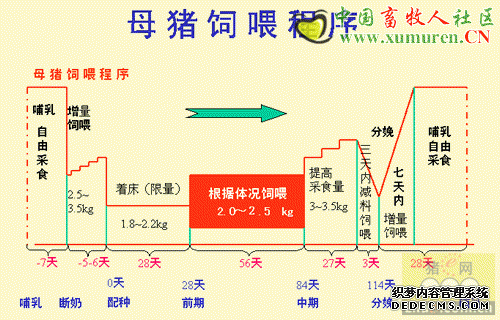By Defra, Edited and Published by the NPA - If your incinerator is used only for pigs/poultry and it has a capacity of less than 50kg an hour the following rules apply. This is a summary distilled from the latest advice from Defra.
Pig
Association
THE VOICE OF THE UK PIG INDUSTRY
NPA is active on members' behalf in Brussels White-hall, and with pro-cessors, supermarkets caterers ?fighting for the growth and pros-perity of the UK pig industry.
Type Approval
Your incinerator must be designed, equipped, built and operated in such a way that the gas resulting from the process is raised in a controlled and homogenous fashion, even under the most unfavourable conditions, to a temperature of 850C, as measured near the inner wall or at another representative point of the combustion chamber as authorised by the competent authority, for two seconds. If you are buying a new incinerator you can ensure compliance by checking it has Type Approval.
Transition period
The State Veterinary Service is responsible for inspecting and approving your incinerator.
If it was in operation before November 2002 it can be used until next January before it needs to comply with the new incinerator rules.
If your incinerator is newer than November 2002 it must comply with the rules now.
During the transition period you must take all necessary measures to ensure that:
Animal by-products are handled and stored safely and incinerated without undue delay in such a way that they are reduced to dry ash.
Records are kept of the quantity and description of the animal by-products incinerated (i.e. the numbers incinerated) and the date of incineration.
The dry ash is disposed of properly.
The ash is not removed from the combustion chamber unless combustion is complete. Transport and intermediate storage of the ash must take place in closed containers to prevent dispersal in the environment.
In the case of a breakdown or abnormal operating conditions, you must reduce or close down operations as soon as practicable until normal operations can be resumed. Either way, check that your local authority is content that your plant is operating at under 50kg/hour and is therefore a low capacity plant.
Even if you are the owner of a pre-November 2002 incinerator you must apply to Defra - by the end of this month - for approval to continue incinerating. You will need an application form from your local animal health office or from the Defra website. Even if your incinerator does not need to comply with the new rules fully until December 31, the State Veterinary Service will still want to carry out an inspection to check compliance with the transitional rules, and to advise on any action necessary to comply with the full requirements of the rules.Approval to incinerate may be withdrawn at any time if you do not comply with the basic transitional requirements (as outlined in the panel above).
For incinerators that should be fully complying with the new rules already, the State Veterinary Service will carry out individual approval inspections as soon as possible.
Shared incinerators
Fallen stock must not be taken from one livestock holding for incineration on another livestock holding unless the two holdings are operated as though they were a single farming operation.
If you are to share a stationary incinerator, it should be sited on premises on which no livestock are kept. If the premises were originally part of the livestock holding, they should be treated as completely separate i.e. fenced, with a dedicated entrance and equipment and, if possible, a dedicated operator.
General rules
Carcasses must be disposed of as soon as is reasonably practicable, certainly within 24 hours of arrival unless suitably refrigerated. Any temporary storage must be in a covered, well-drained area, or in leakproof covered containers.
Applying a 'singe and burn' to seal carcases is not a permitted operating procedure and does not constitute an approved pre-incineration storage process.
Containers, receptacles and vehicles used for transporting carcasses must be cleaned in a designated area.
Preventative measures against birds, rodents, insects or other vermin must be taken systematically. Use a documented pest control programme.
声明
来源:互联网
本文地址:http://farm.00-net.com/yz/zhu/5/2007-09-20/142363.html








